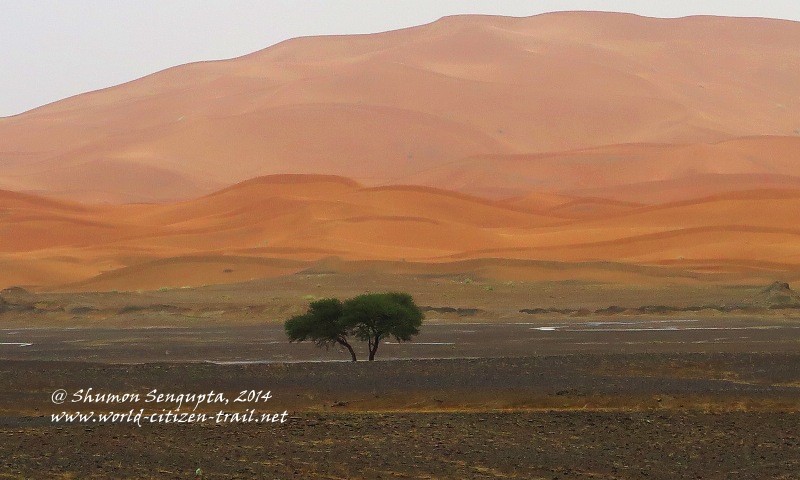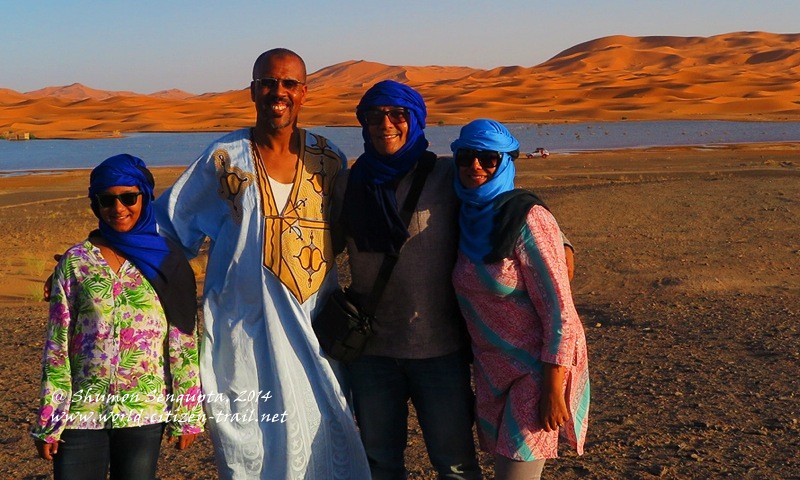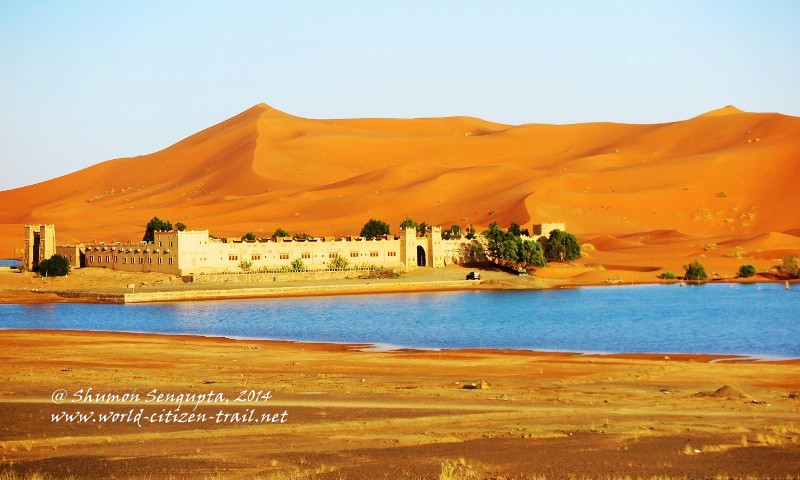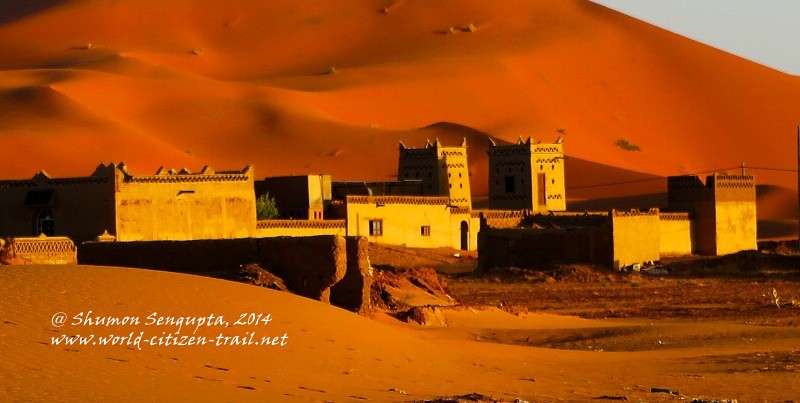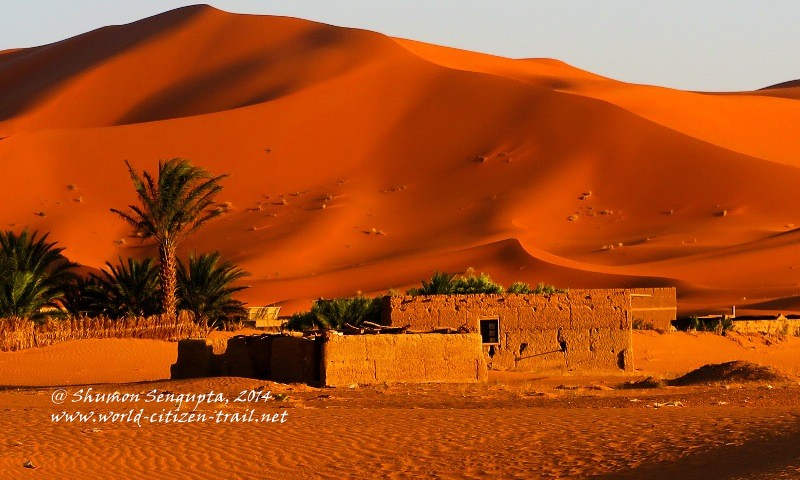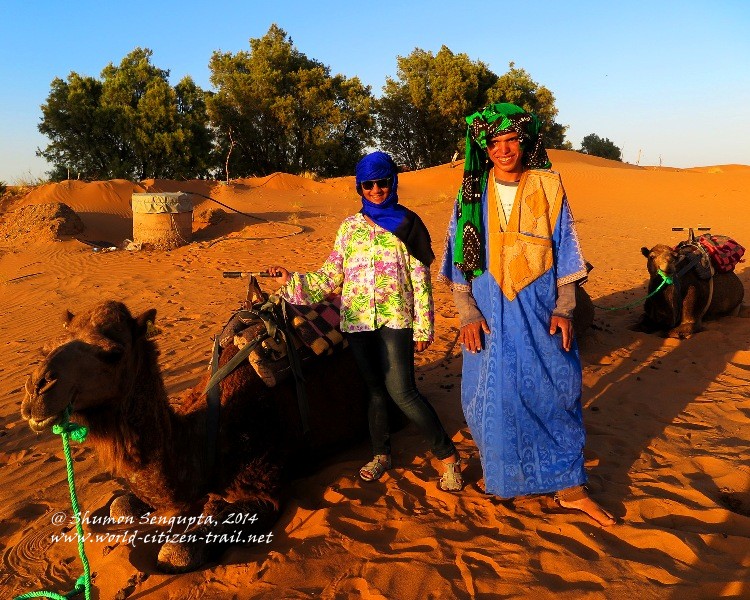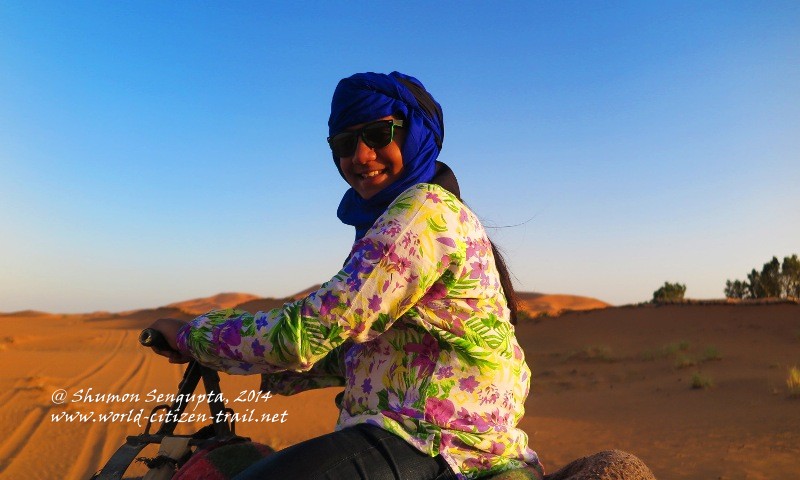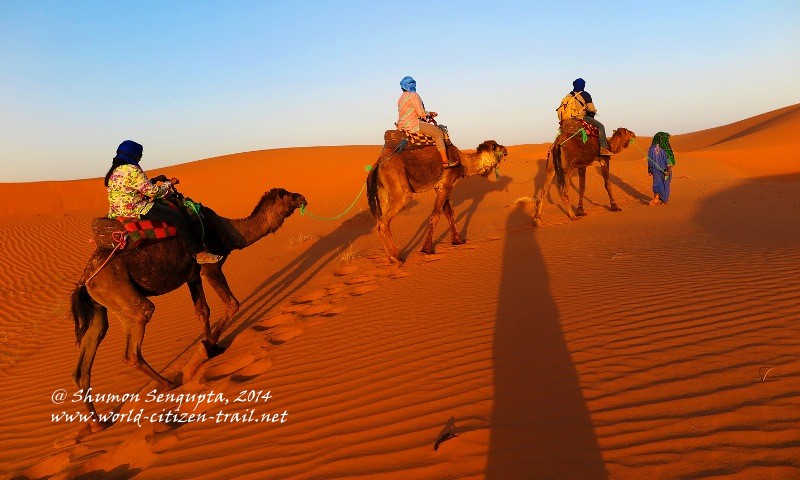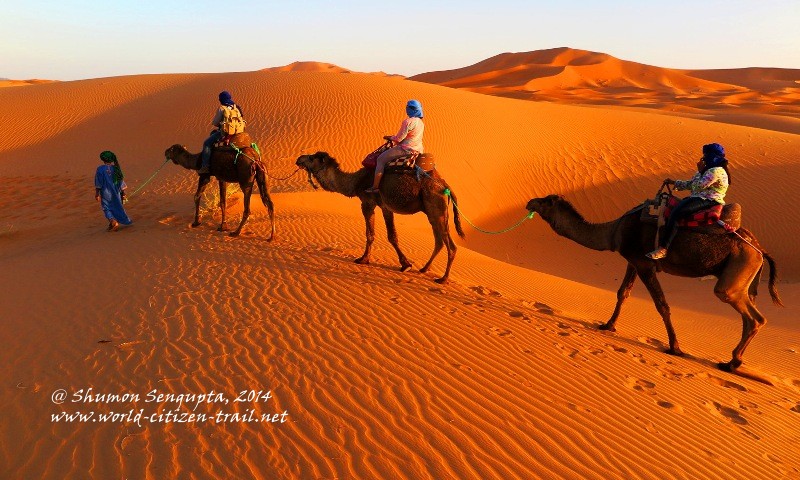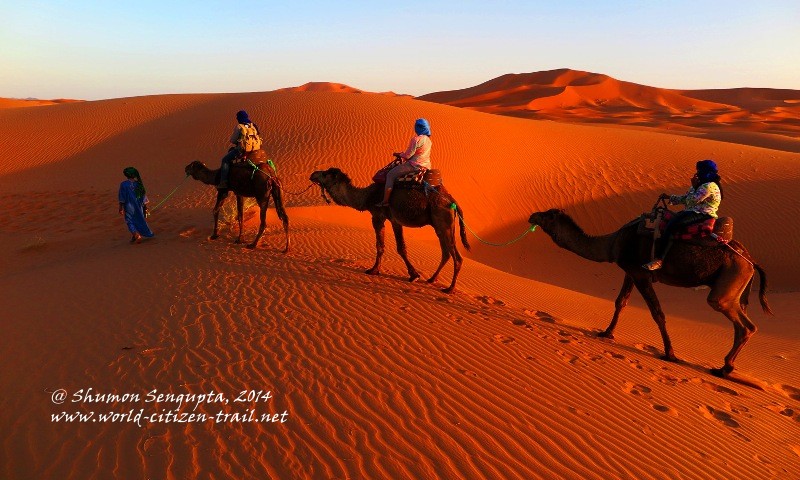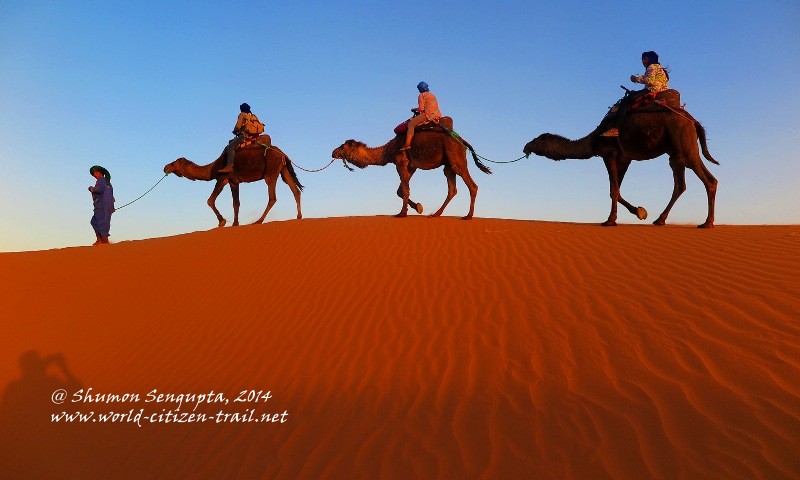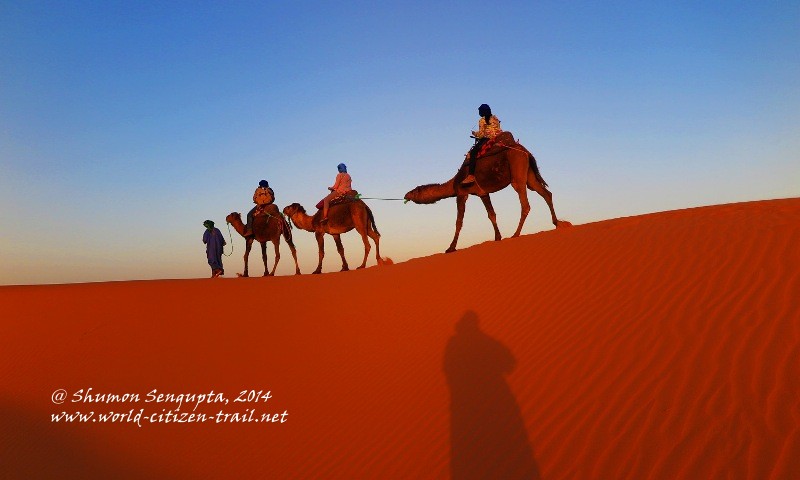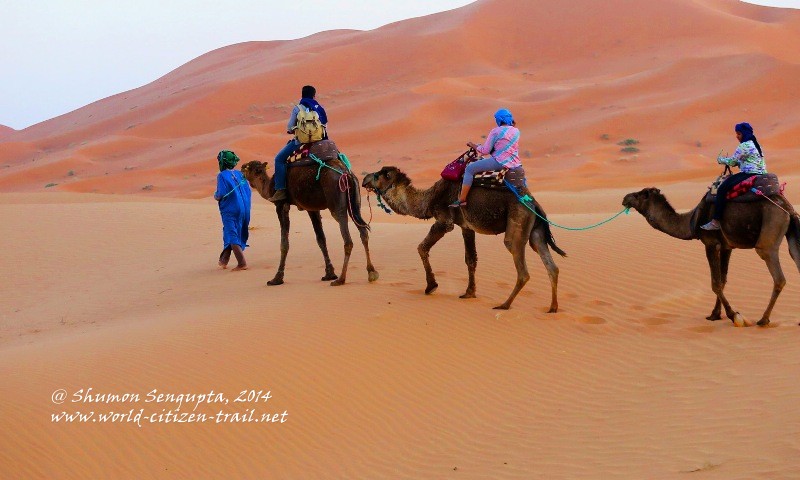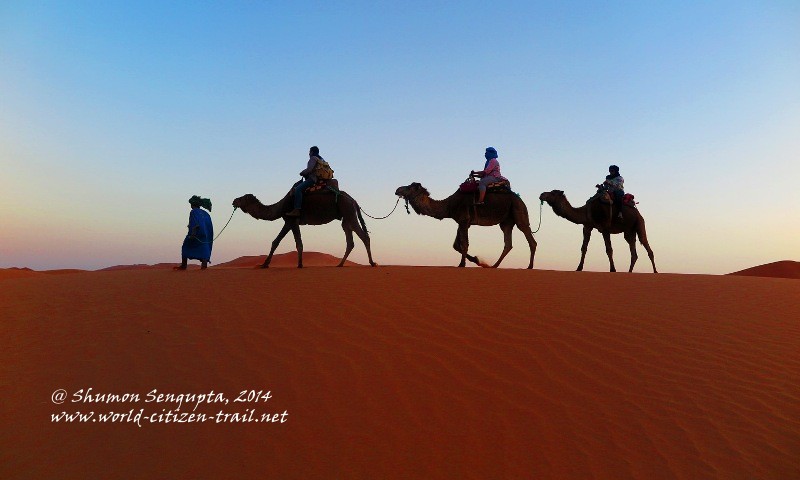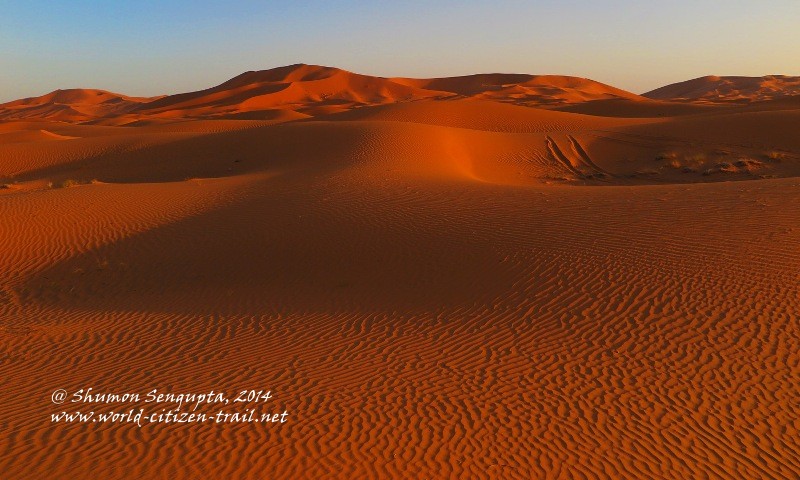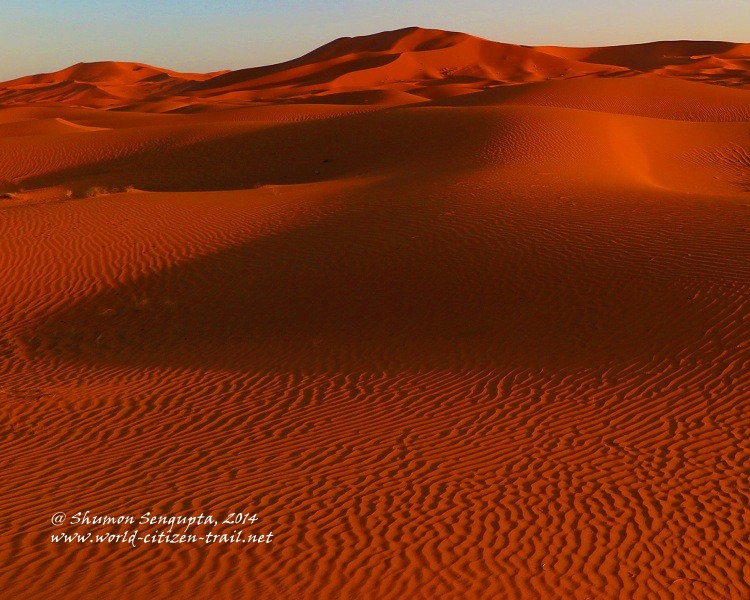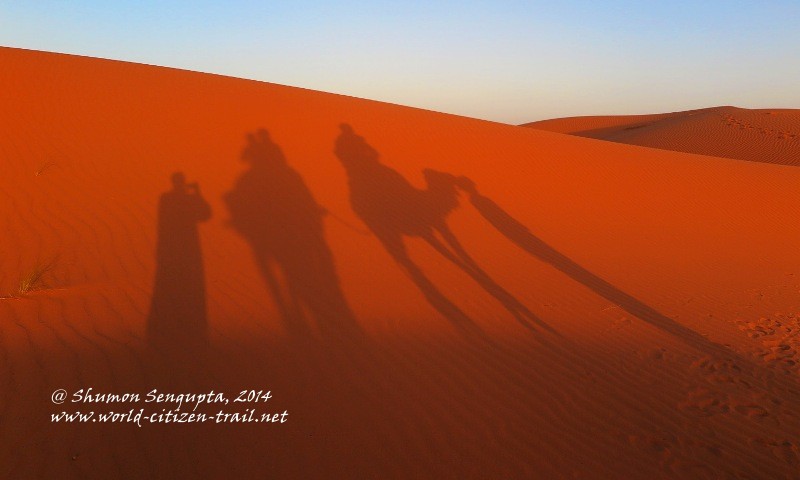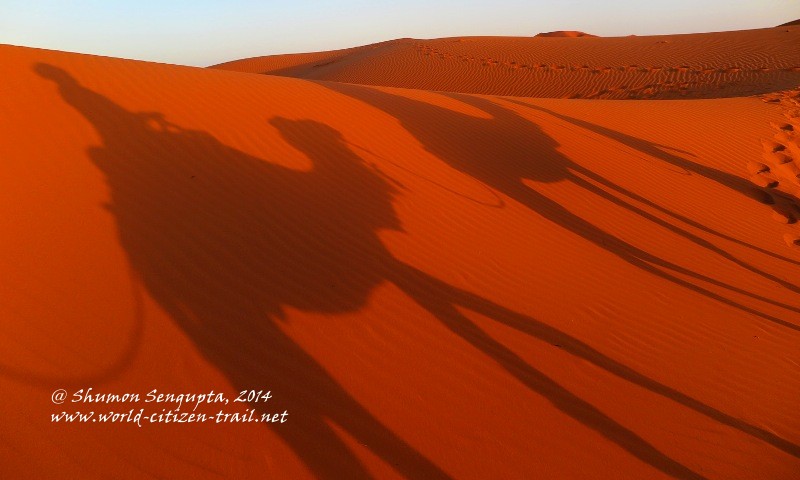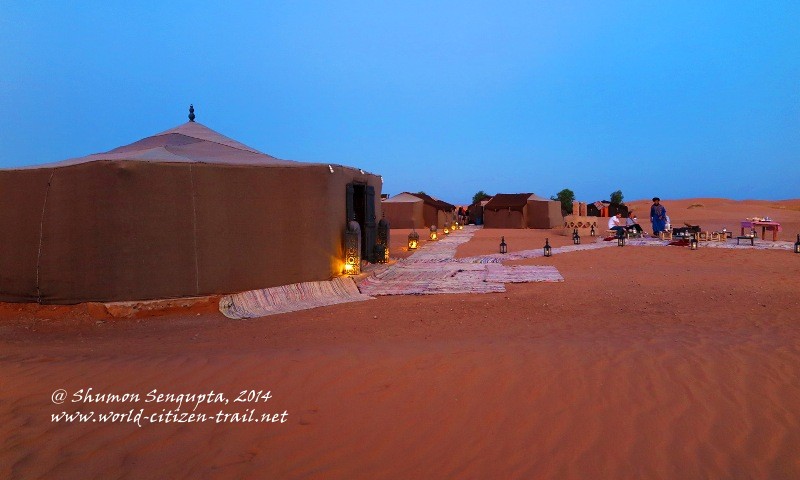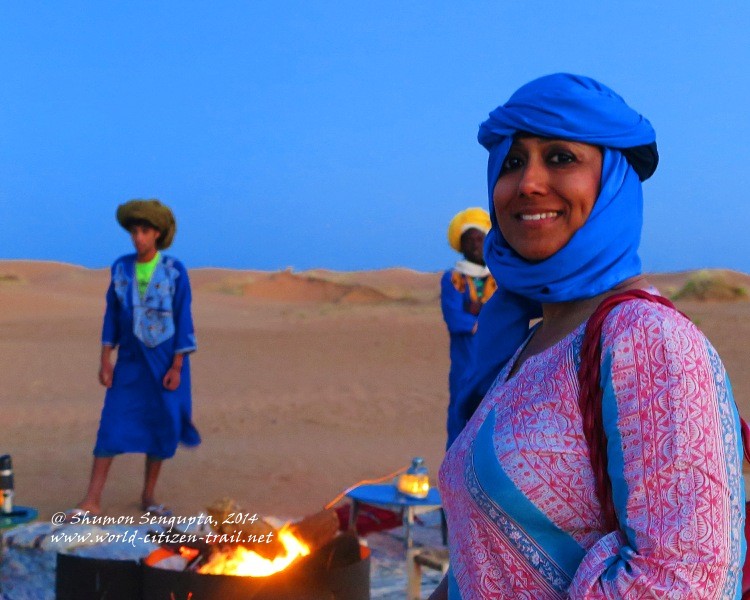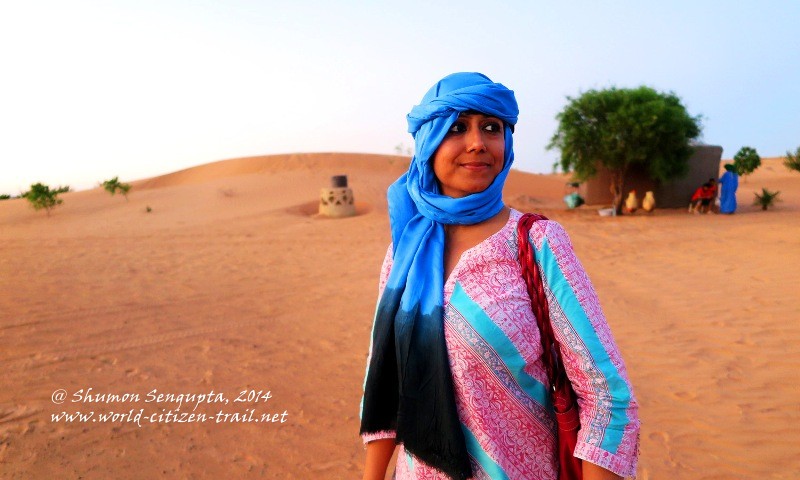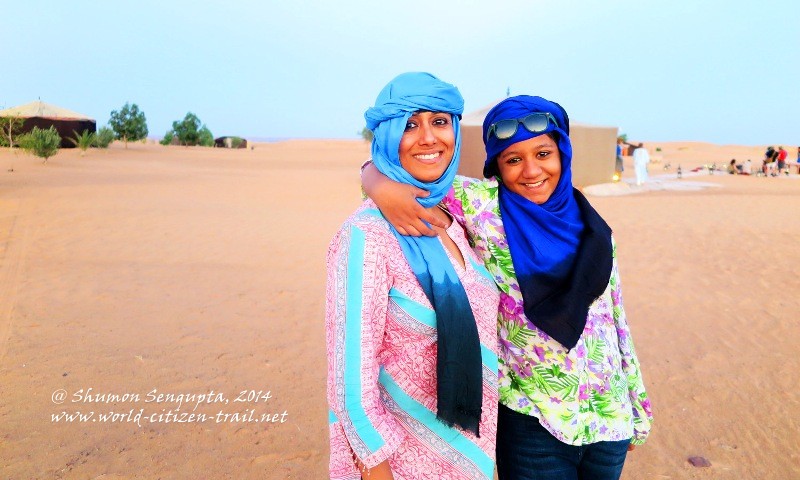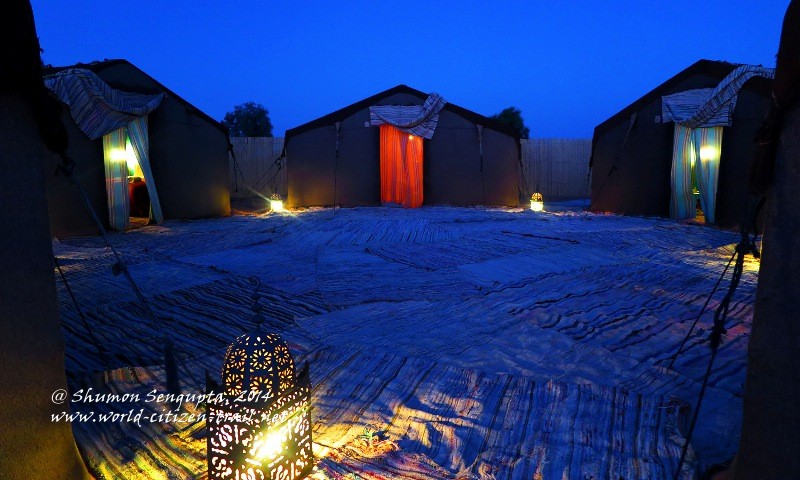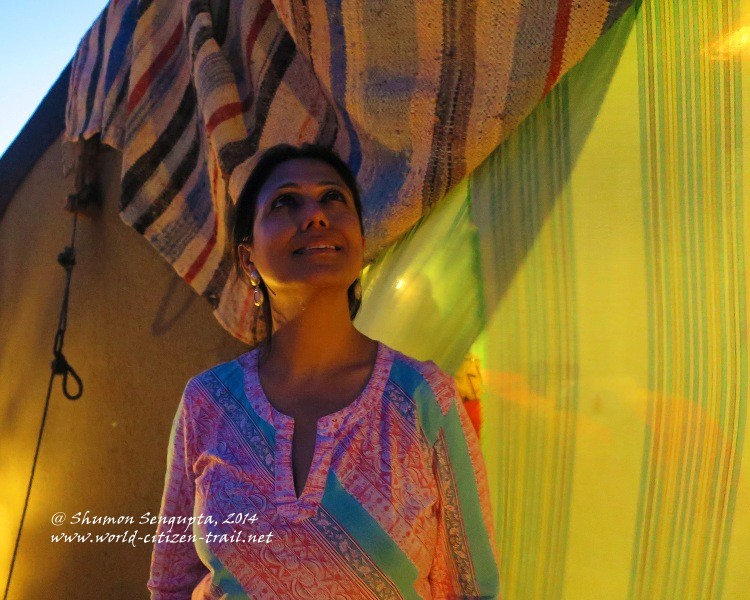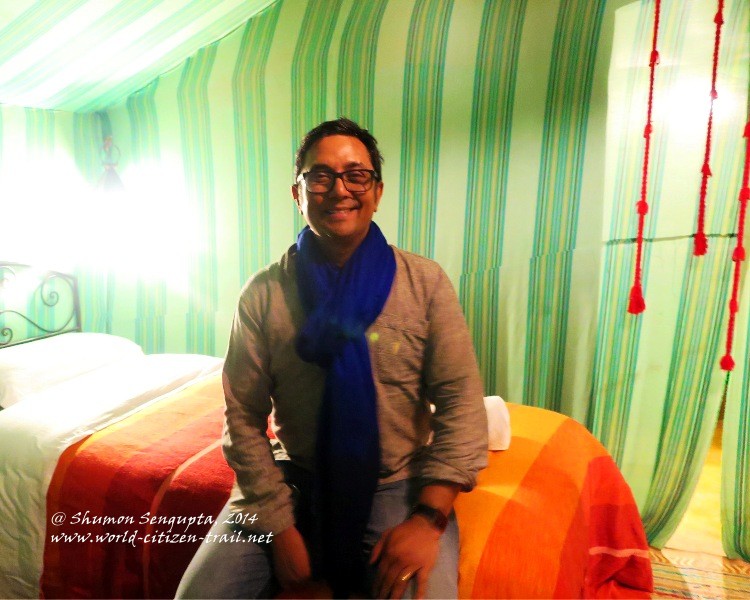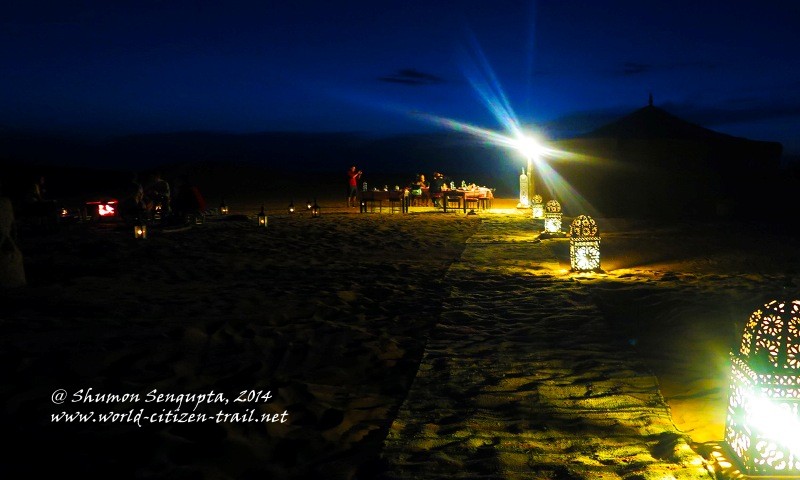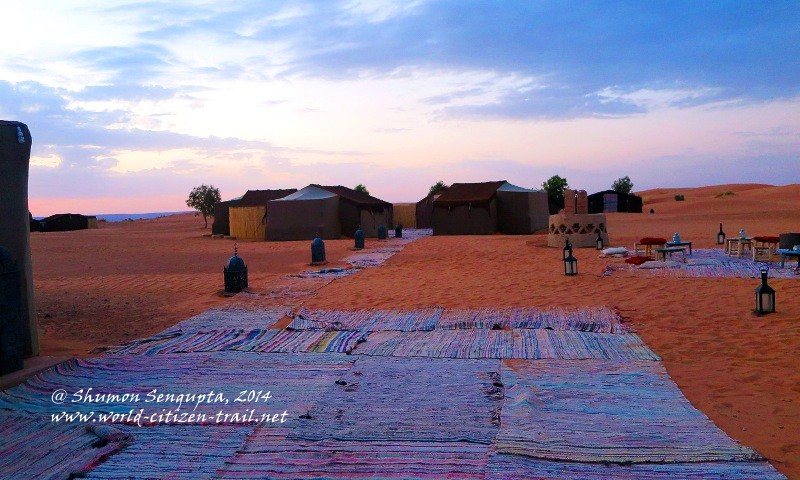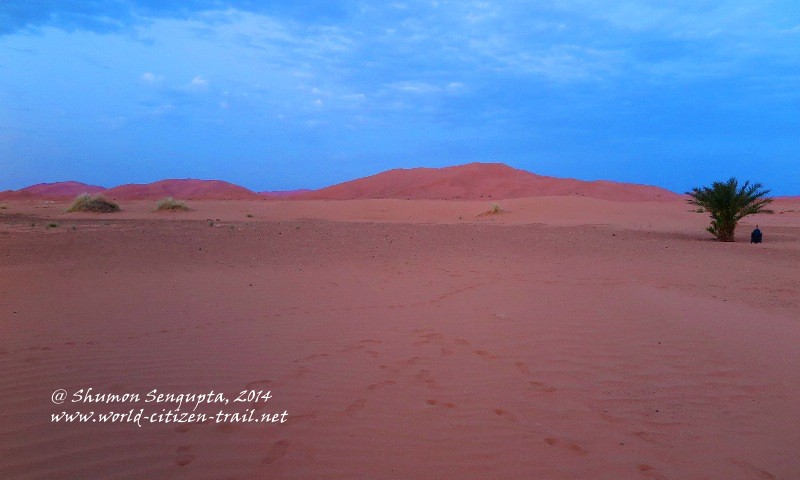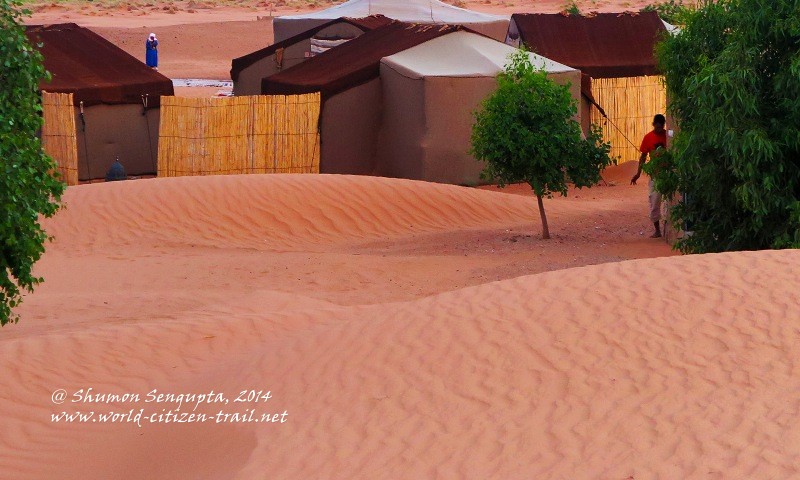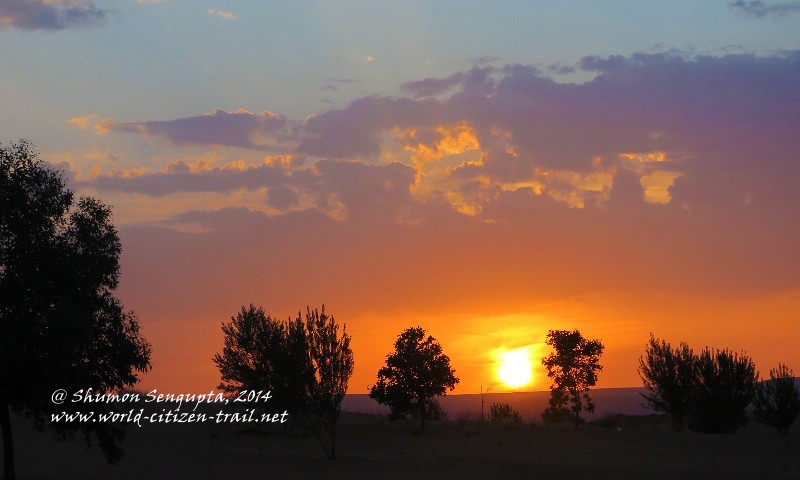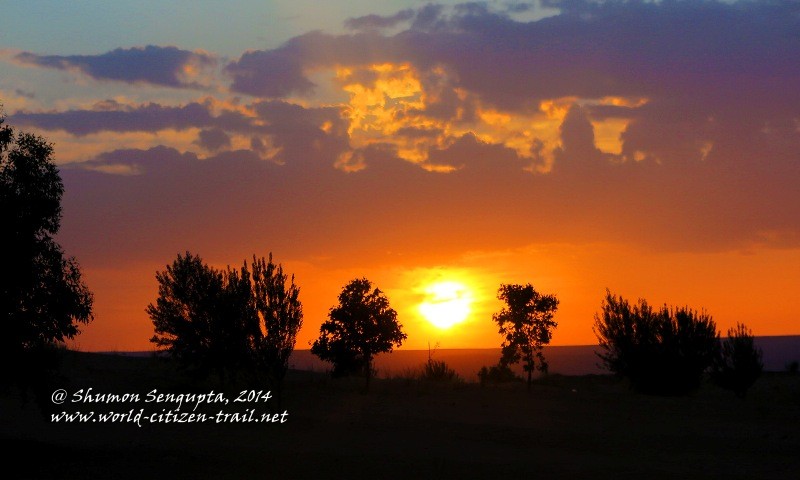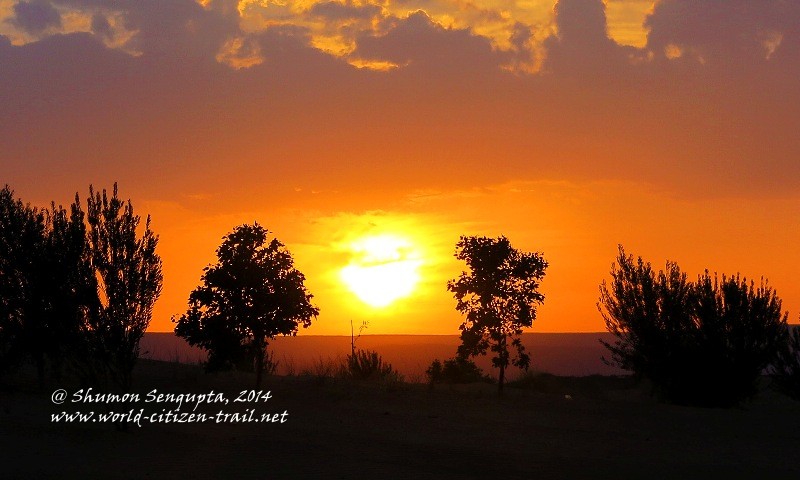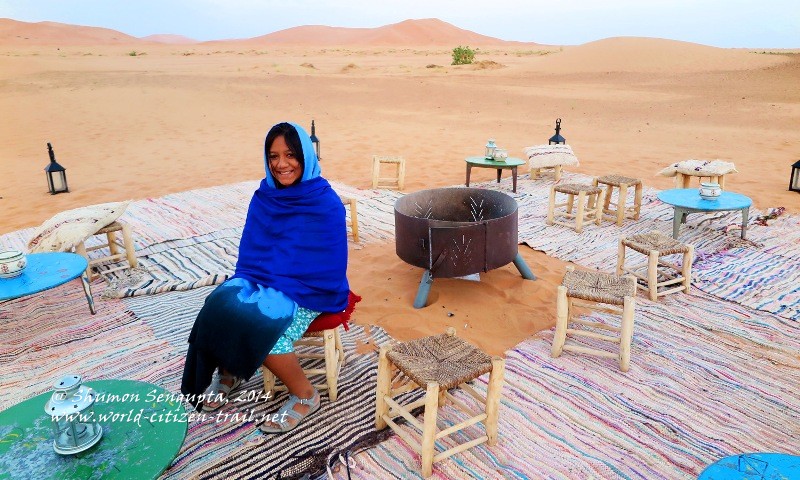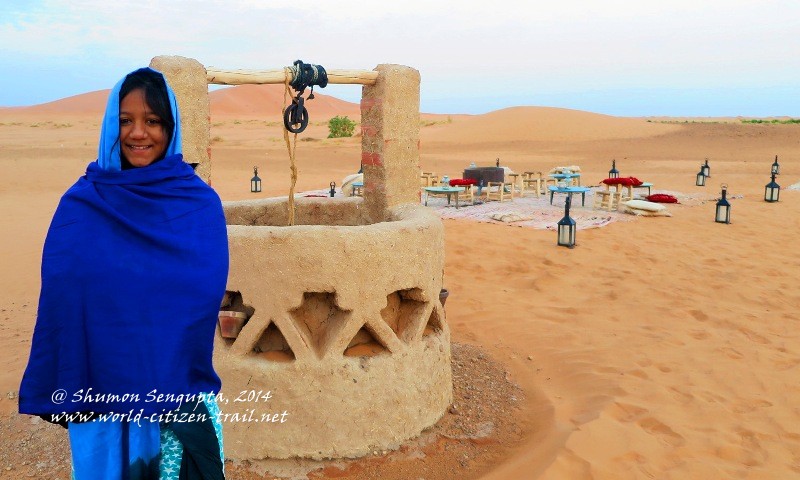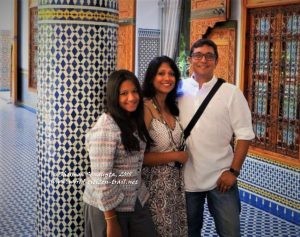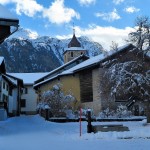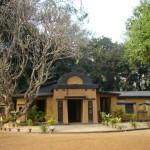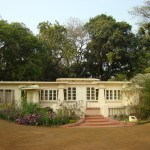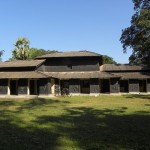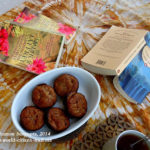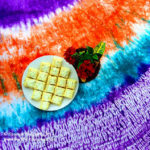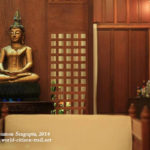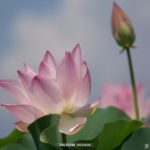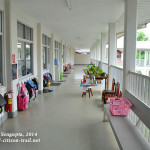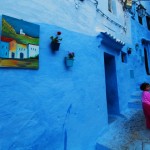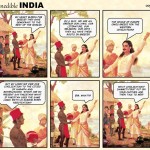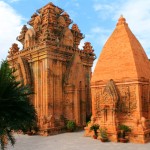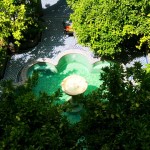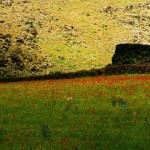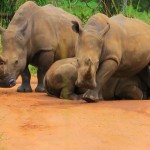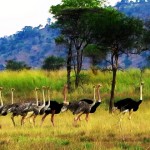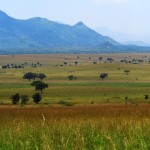Crossing the Atlas Mountains in the morning, we arrived at day’s end, into the desolate sands of Erg Chebbi, in the Moroccan Sahara. The day long road trip from Fez to Erg Chebbi took us through a surreal kaleidoscope of contrasting landscapes and vegetation. We were on a 24-day trip of Morocco, with our bespoke tour agency, Journey Beyond Travel.
We arrived late in the afternoon into the small town of Merzouga, where our luggage was stowed at the Riad Madu, a charming mud-brick hotel at the fringes of the desert. From a distance, Erg Chebbi sand dunes looked deeply mysterious and unreal – like a colossal mirage, rising dramatically, up to 150 meters high, from a vast, dreary, flat plain of black, rocky volcanic soil, called the Hammada.
(Our second day in Merzouga, it rained heavily in the evening, turning the rain drenched sand dunes of Erg Chebbi into a surreal orange and deep pink. From the terrace of our hotel, it felt as if we were gazing at a water-color painting).
Only a small portion of any desert, it is said, is made up of sand dunes; rest of it is generally a vast, flat, stony or rocky, expanse – pretty dreary and foreboding. However, in Erg Chebbi, the desert is at its beautiful best – soft, sensuous, undulating, patterned and colorful. Spanning 28 km from north to south along the Morocco-Algeria border and 7 km at its widest point, the sands dunes of Erg Chebbi may well be modest in scale compared to their giant cousins in the Namib, Southern Algeria or Libya, but magical no less are they, in their sheer spectacle of size, form, textures and colors.
At Merzouga, we got ourselves the indigo-blue fabric for our customary turbans, the shesh. Apart from the purely functional purpose of protection from sun and sand, it helped us pretend to be desert Berbers. From there, carrying just an overnight back pack and my smaller camera, we transferred into a 4×4, next the lake in the shadows of the sand dunes and rode to the point where we met the camels, which were to then take us on an hour long ride, deeper into the desert, where we were to camp for the night in tents.
Our barefoot cameleer robed in Indigo, was a rather curious young desert Berber (a local ethno-linguistic group, not to be confused with the Tuaregs, nor Bedouin Arabs), barely out of his boyhood. In a bid to impress us, he frequently broke into a jig, singing his own version of a Bollywood song which, much to my ignorance, I failed to recognize. His love of Bollywood notwithstanding, he promptly gave us our Arabian names – He addressed me as Ali Baba, Ananya as Fatima, and our daughter Minnie, as Ayesha.
It felt very nice, although unlike Ali Baba, sadly there was no treasure awaiting my discovery. So I thought.
We clumsily clambered on the seated camels. We held on fast to the rod attached to our saddles, as the beasts heaved forward at a steep angle and then upward, lifting us high into the air. As our little caravan headed deeper into the sand dunes, images of Saharan caravans, traversing between Timbuktu and Marrakesh, laden in gold, spices, salt, sugar, ivory, perfumes and textiles, accompanied with slaves, flashed through my mind.
The afternoon slowly gave way to the evening and with the sun moving closer to the horizon, the dunes kept changing colures – from pale yellow, deep yellow, dazzling gold, brilliant orange, peach, and deep pink with purple edges – the sand dunes were swathed in a succession of colors, often appearing in different colors at the same time. If the sand dune on which we were treading was golden yellow, the ones further away were a deep pink, with a hue of purple at the edges. The sand dunes were drenched in changing colors, in a jaw dropping spectacle.
As the sun set, it threw long shadows on tall dunes, sharpening and highlighting its sensuous wavy lines, its clear sharp edges, and the rippling patterns on the sand, sculpted by the winds. The endless sea of sand in Erg Chebbi gave us a sense of the infinite – a feeling of mystique.
By the time the sun set, we had arrived at our camp site, called Jaimas Madu. Our camp was situated in a relatively flat place surrounded by soaring pink sand dunes.
Truth to tell, riding a camel isn’t a particularly graceful mode of travel, nor a very comfortable one, particularly if like us, you are not the lithe and fit types. So, by the time you think you have found a comfortable position, your come to realize that your shank muscles have stretched beyond comfort and you back have begun to sore. It is a great experience, as long as you don’t ride for too long. So needless to say, we were relieved to get off our camels, having arrived at our destination.
Jaimas Madu was a small camp with an intimate feel to it – with a circular cluster of six to seven small deep brown tents, a dining tent nearby and an open air dining area by a bonfire and a well. The tents had a heavy hand-spun rug which served as the entry door.
We were shown our tent, which had a double bed, a single bed and a small en-suite bathroom and a shower. The candy-stripe interiors did feel a bit out of place, but the tent was very comfortable, softly lit and the exterior was authentic – made of dark brown netted material woven out of goat / camel hair, like those used in traditional nomadic Berber tents.
The sky had begun to turn deep blue, and a soft, cool breeze had begun to gently blow, with the temperature falling steadily. The camp was subtly lit with decorative lamps which threw mysterious shadows on the sand.
We dined in candle light under the stars. Our daughter, Minnie and I don’t eat meat and we were served a special vegetarian meal, while Nina enjoyed her chicken and lamb. Our four course meal was superb – probably the most delicious one we had during our entire trip of Morocco. After dinner, there was a small group of musicians who performed traditional music, accompanied with soft drumming and a string instrument that sounded hauntingly beautiful amidst the vastness.
As time passed, the night sky deepened and glowed with a zillion stars, sparkling unusually bright. It was an exceedingly beautiful experience, being shrouded in a blanket of a countless glittering stars and I was reminded of an evocatively beautiful song by Tagore:
May Thy gentle touch amidst the blinding darkness
Sparkle endless new stars across the night sky
May darkness dispel
And my eyes behold Thy light everywhere
Later in the night, when everyone had retired into their respective tents, our camp attendants had retreated into their tent, the lights had been turned off and all activities had ceased, I sneaked out of our tent briefly.
In the shivering cold, as I looked around me, the glow of the stars and the soft light of the half-moon bounced of the edges of drifting low clouds and beamed through at places, casting a mysterious play of light and shadow on the vast, expansive sand dunes. In the depth of the endless, still night, everything was bathed in molten silver. As I looked up, the glittering star studded night sky seemed to whisper into my ears, in its unknown language, the profound mysteries of the far away heavens.
The next morning we got up before dawn, to see the sunrise; the memory of the previous night feeling like an ephemeral dream. The horizon begun to light up softly and then take on a light purple hue, which then turned into a mix of red and deep orange, slowly lighting up our camp and the dunes all around. And soon before, the sun was peeping out of the horizon and the sky was set on a raging wild fire, glowing brilliantly. It was one of the most dazzling sunrises we had seen.
Should the opportunity come your way, dear reader, to experience the sun rise or set over the sand dunes, or gaze at the star studded night sky of the desert, do not miss it. There is something profound about the dawn, the dusk and the night sky in the vast, expansive and tranquil desert that makes the mind expand and reach out into realms unknown.
Did I say, somewhere at the beginning of this piece that unlike Ali Baba, sadly no treasure awaited my discovery at Erg Chebbi? I was so completely mistaken!
It is said that both Jesus Christ and Prophet Mohamed went out to the desert and they heard the voice of God. We lesser mortals may not reach God in the desert, but I suspect we might get somewhere close.
I think I did…
Acknowledgement: Photos on camel back are by our guide, Mr. Abdel Karim Tata.


